
“Nature Is Freaking Lit”: 50 Times People Were Surprised By Nature (New Pics)
InterviewWildlife is majestic, and observing it can be an amazing experience. However, while for some the wild can be mere minutes away from their homes, being surrounded by nature is a luxury for many. Venturing out to seek beautiful vistas and amazing sceneries can be tricky for the majority of people, too. Trips to the wild can be quite expensive in terms of time, money, and effort. You also often have to be able-bodied and quite fit to go on such adventures. That is why so many of us are so grateful to wildlife photographers.
Wildlife photography gives us a glimpse of how beautiful it is out there without us needing to make a lot of effort. It allows people to admire magnificent animals, stunning landscapes, and sometimes even dangerous grounds they probably will not set foot on during their lifetime. It also lets us witness the negative impact humans have on nature. Photos of wildlife enables us to experience the world we otherwise wouldn’t be able to.
The following collection of the impressive wildlife images was created by using images shared by members of this Reddit community. Scroll down to marvel at the snapshots of the wonderful mother Earth.
This post may include affiliate links.
This Photo Won The 2020 Ocen Photography Awards. It's By Tobias Baumgaertner Who Photographer Two Widowed Penguins Who Would Come To Watch The Melbourne Skyline To Comfort Each Other
There’s one thing about nature photography that doesn’t always occur to us, the viewers: not all photos are as natural as one might think. In fact, photo staging and interfering with wildlife is not an uncommon practice. The ethics of wildlife photography are quite murky and while some publications present their own rules (such as the National Geographic and the BBC), they are not universal.
Of course, there are laws that prohibit certain actions, such as feeding animals in national parks or harassing endangered species. However, there isn’t a specific rulebook that photographers have to follow when composing their shots. Baiting animals with food as well as moving them around for a better backdrop can both be used to get that perfect shot. When talking to National Geographic, photographer Jeff Hogan also pointed out that professionals can sometimes barricade an animal in to prevent them from running away.
John Dominis, the late staff photographer for LIFE magazine for more than 20 years, claimed that back in the '60s, wildlife photographers often staged their images. “I felt that my job was to get the pictures, he stated years later. I learned how to bait animals and do things from the experts in Africa. We shot a gazelle and put it in a tree and waited for a cat to come. I didn’t feel bad about it at all. It sounds terrible now, I know, and maybe my attitude would be different now. But it wasn’t then, and I don’t know what more to say about it. I know I’ve been criticized a lot. But to me, I had to do what I did.”
🔥 A Cub Puma Admiring His Mother
Brown Bear And Wolf Spotted Hunting Together And Sharing Spoils Over 10 Days In Finland/Photo Credit: Finnish Photographer Lassi Rautiainen
This is amazing. Ten days of follow these guys, I would love to know more.
In a way, it’s sort of understandable that back in the day, when technology wasn’t as advanced, maneuvering around with clunky cameras without being noticed was hard. It makes sense that things had to be arranged for perfect snapshots. Yet these days things haven’t changed. Luring animals with food is still commonplace. For example, chumming, or baiting sharks with fish, is a popular practice for underwater photographers that want to capture the great predators. However, the long-term impact of that is still unknown.
Some photographers are prepared to go even further and go to so-called photography game farms. Popular in the US, states like Montana and Minnesota, these farms keep captive wild animals in enclosures only releasing them to perform for their clients. There, professionals and enthusiasts alike can snap pictures of exotic animals such as snow leopards and tigers as well as local species like wolves and lynx. They can capture clean animals with impeccable fur leaping through the snow or looking around with their piercing gaze. Neat, fast, and efficient.
It's important to note that many high-profile publications and competitions prohibit submitting images from game farms. Still, you might find plenty of them shared online.
Sea Sheep Are One Of The Few Animals That Use Algae To Photosynthesize
Sleeping Elephant Family , Rare Visuals
If only as humans, we guarded and protected the earth and all its inhabitants rather than just killing, raping and destroying everything. Makes me sad.
Pink Robin
So, what are the basic guidelines for ethical wildlife photography? Well, there are a few things you have to follow if you want to take pictures of nature. The most important one is doing no harm. That goes both for landscapes and animals. For example, not altering or destroying a habitat for a better picture. Sure, moving a few branches off of an animal’s den might give you better view of what’s inside, but it might endanger the animal as it ruins their camouflage.
🔥 Rare Pygmy Possums Just Got Rediscovered After Fears That Bushfires Wiped Them Out
Turtle Dove
Beekeepers In Northeastern France Found Themselves In A Sticky Situation After Bees From Their Hives Began Producing Honey In Shades Of Blue And Green. Later They Discovered That The Bees Were Visiting A Local M&m Factory
Another great practice is getting to know the species you are taking pictures of. Things like, mating season time and signs of stress and alarm are especially good to know. That way, you’ll know when to back away and give the animal more space. In any case, it’s crucial to keep your distance and avoid any contact with the animal if possible. Interactions might alter their behavior which can be detrimental to their survival.
Swimming Jaguars
The Canadian Snow Lynx, Protected Under The Endangered Species Act
Where There Is Love, There Is Hope
Feeding animals is also something to be cautious about. Many predators such a bears, wolves, and foxes can get used to getting handouts quite fast. They can get quite comfortable with asking for food to the point that they become aggressive about it. Then, the wildlife agencies have to eliminate them for the danger they pose. Getting used to humans also means they get closer to roads where they can get run over and places where people live where a similar fate awaits.
Isle Of Skye, Scotland
🔥 This Rare Zebra Foal Was Born With Spots Instead Of Stripes 🔥
Cute But Deadly Snow Leopard In Action
However, feeding animals can be a grey area. As the photographer Jeff Hogan notes, there are exceptions to every rule. “I knew a filmmaker once who, after working with an animal for many days, would leave it some food to make up for any interference, in case it had been distracted from finding food or something. That seemed respectful to me.”
The Photo Of Totality In Oregon By Photographer Jasman Lion Mander
A Once In A Lifetime Shot Of An Owl
Stoat In Switzerland
Ethics are involved when it comes to postproduction part of the images as well. Many photographers like to “clean up” their compositions by erasing a stray leaf or a blade of grass from the photos, and this is fine. Altering the colors to make the subject pop is also quite innocent. Others, though, go a little further. “I've seen people do things like add more animals to a zebra herd to fill it out, says Hogan. That's misleading; it gives viewers a false sense of that environment, of how plentiful a species is.” This type of alterations crosses the line of photojournalism.
This Agate Stone Looks Like The Ocean
The Worlds Worst Hide And Seek Playing Animal
Stunning Picture Of The Northern Lights
Using drones for wildlife photography is quite controversial, too. From the first glance, the whole thing is quite innocent—the drone is quite far away and out of reach, and it’s not damaging or interfering with the environment, just observing it. Animals may even seem peaceful on camera, like they are not at all bothered by a drone. However, they are very loud and make an unusual noise that disturbs the animals. A study has shown that the heartrate of bears goes up to an alarming rate when hearing the drone. Sure, when they were being observed they did not run away in fear, but they did feel threatened.
The Hawaiian Surge Wrasse Doesn’t Even Look Real, The Neon Coloring Is Totally Natural!
Shots To Show How The Wind Wove The Grass To Claim This Wire Fence
I need to build a fence next summer. Wonder if I can convince the wind and grass to help me get this in the backyard. 🤞🏼😂
A Baby Bison
A few other basic rules involve simply obeying the laws of the country and the rules of the sanctuary you are at. That can involve getting the necessary permits and maintaining appropriate distance from the animals. Also, once you’ve taken the photos and are wanting to publish them, be transparent about them. Brian Skerry, a photographer for National Geographic, says it plain and simple: “If I’m taking a picture of a tiger shark and don’t disclose the use of chum to attract it, in the caption or when questioned, then I’m being dishonest. In the most basic terms, if the intent is to deceive the viewer, then it’s wrong.”
A Picture In 365 Slices. Each Slice Is One Day Of The Year
🔥 A Tropical Rock Lobster (Panulirus Ornatus)
Trimeresurus Insularis, A Venomous Viper Native To Indonesia
All in all, when it comes to wildlife photography, respect and love for nature is key. As Jeff Hogan puts it: “If the only reason you are out in the wild is to get the shot, you will fail miserably, and you are more likely to compromise your ethics. If you truly love being out there, shot or no shot, everything will come to you. There's no reason to cheat.”
We hope that knowing all this will help you appreciate these photos even more. And if you’re looking for more stunning images, make sure to check out or previous picture collection here.
A Baby Aardwolf
🔥hawfinch With Snowflake On Its Head - Shot That I Took In Backyard
🔥 Ice Formations In Antarctica That Look Like Ice Walls, Columns, And An Archway
Japanese Macaque Has Fun After Snatching Someone’s Phone
Lilac-Breasted Roller
Cheetah Licks The Toe Of Photographer To Say Hi
🔥close Up Of A Dragonfly🔥
This Majestic Af White Reindeer
🔥 Feathers On Display By A Barn Owl
🔥hero Without A Cape. Pollinator Bat Completely Covered In Pollen
The Golden Plover Is A Bird That Hatch With The Power Of Camouflage Fully Activated
This Is The Most Beautiful Corn. It Is A Native American Variety Called "Glass Gem Corn" And Yes It Really Does Grow Like That
Stunning Kauai
This Is A Rare Phenomenon, Called ‘Cross Waves’
"...square waves can be very dangerous and here's why: Square waves are the result of two ocean swells colliding perpendicular to one another, and this cross sea wave collision results in powerful rip currents, and incredibly unpredictable waves - making them extremely dangerous." -- House of Surf
Symbiosis Between Spider And Oryx
"The oryx has fewer flies and mosquitoes bothering it. The spider has a home, And the oryx attracts food for the spider."
🔥a Turtle Reawakening From Hibernation Carrying A Mini World On Its Back
I Had The Privilege Of Watching Two Baby Hummingbirds Grow Up In My Backyard, From Jellybean Eggs To Independent Birds
Totally recommend checking out the children's book Hank Finds An Egg. Not a sponsor or anything, this just reminds me of it and it's super cute 😊
The Water Beading Off The Waterproof Feathers On A Loon
A Female Mandarin Duck With Her Two Male Bodyguards
🔥 The Shining Eyes Of Gators In The Everglades
In Response To Poaching, African Elephants Are Evolving To Be Tuskless
sorry for being a nerd and maybe also wrong but....this is the typical (mis)conception of evolution - there is no intention to reach/avoid something. This is the result of eliminating the genes those individuals with tusks were having. Now after a massive reduction of them, those with "no tusks" genes are prevailing and starting being visible. However, what a great thing to happen. Love you nature !
Novosibirsk, Russia -45 Degrees Celsius
🔥a Spider Disguised In A Flower Attacking A Fly That Is Masquerading As A Wasp
While the second article delves into the world of wildlife photography, it's interesting to note the broader theme of observing and appreciating nature includes the unique bee species from the first article. The Sugarbag bee, known for its architectural prowess in creating spiral hives, is a fantastic example of nature's diverse creativity.
To explore more about how such incredible designs occur naturally, consider reading about the unique characteristics and habitats of these bees creating architectural marvels.
Purple Toad!!! “Atelopus Barbotini”
🔥 Came For The Redwoods, Stayed For The Light Show
🔥 Tulips In Snow 🙂
🔥a Cute Baby Lynx Stopped By For A Visit🔥
🔥 If Holly (Ilex Aquifolium) Finds Its Leaves Are Being Nibbled By Deer, It Switches Genes On To Make Them Spiky When They Regrow. So On Taller Holly Trees, The Upper Leaves (Which Are Out Of Reach) Have Smooth Edges, While The Lower Leaves Are Prickly
🔥 Tree Full Of Black Bears
1 In 100 Million , Meet The “ Cotton Candy Lobster “
I feel like this wouldn't dissolve if it was put in contact with water /s
Northern Cardinals Provide Natural Christmas Ornaments In Winter!
Birds Running
A Pod Of Sperm Whales Sleeping In The Middle Of The Open Ocean
🔥 A Marine Iguana
The Great Eared Nightjar, Looks Like A Little Dragon
🔥beach Candy (Sea Rocks)
🔥 Scientists Have Revived A Plant From The Pleistocene Epoch. This Plant Is 32 Thousand Years Old! The Oldest Plant Ever Regenerated Has Been Grown From 32,000-Year-Old Seeds, Beating The Previous Record By Some 30,000 Years
Highlands Of Iceland
Saw A Bunch Of Mallards The Other Day. One Was Suspicious Of Me
🔥sailfin Lizard From The Philippines🔥
🔥 A Fox Watching A Drone In The Sky
🔥 Spiraling Cactus
🔥 Be Sure To Watch Where You Step. 🔥
Polar Bears Have Taken Over An Abandoned Meteorological Station On Kolyuchin Island In The Russian Arctic
🔥 A Newly Hatched Baby Snapping Turtle
Jacana Bird Dad Carrying His Chicks Under His Wings, With Only Their Legs Visible
Sobatan, Gilan, Iran
The Kakapo Also Known As The Owl Parrot, Is The Only Non-Flying Member Of Its Species Alive Today
Literally one of the dumbest birds alive. They're a menace, but oh do adorable. 😊
This Supercell Over East Texas Looks Like The End Is Nigh
Lorestan, Iran
🔥 Thai Water Buffalo Carrying A Young Monk. Despite Their Large Size And Fearsome Horns, They're Very Gentle And Docile
Beautiful Beach Inside An Island
This Is A Man-O-War. It Looks Pretty But It's Deadly. They Are Equipped With Long, Venomous Tentacles That Deliver A Nasty Sting Which Is Known To Be Fatal
The sea is such an alien world with so many things that can eat/bite/sting you. Well, that's my excuse for swimming in a pool anyway...:)
Faroe Islands
Mother Hedgehog With New Born Babies
Sociable Weaver's Bird's Nest, The Largest Nests In The World
I Moved To Iceland Because Of My Love Of Photography. Here Is My Random, But Colorful Take On This Little Island
🔥falcon Flew Over 10.000 Km From South Africa To Finland
A Close Up Of A Longhorn Beetle's Face
🔥 What If They're Just Sleeping Giants?
The funniest part is that there are literally thousands of stories across dozens of religions/regions/cultures that have stories of sleeping giants or gods in the form of mountains. I just think it's funny that people around the world have looked at mountains and been like, yeah that's a giant
Bower Birds Create Elaborate Structures Around Their Nest To Attract A Mate
If you like this, check out The Life of Birds the documentary by Richard Attenborough. It is excellent, and he talks about these birds in it.
Tiger Cools Down
Blue Jay Feathers Close Up
🔥 Hala Fruit: The Fruit That Looks Like An Exploding Planet
🔥the Endangered Wrinkled Peach Mushroom🔥
Beautiful Night In Manitoba, Canada
Clouded Leopard Spotted In Nagaland, India
The Sand At Hoshizuna No Hama Beach In Okinawa Prefecture, Japan, Contains Millions Of Little Stars
Japan is the one country that no matter how many times you visit somehow always manages to stay at the top of your bucket list. There is always another season, another attraction, another beautiful beach, another something. Really lives up to its tourism slogan of "Endless Discovery." and no, I am not a sponsor or anything, I just really, really love Japan.
A Deer Passing Through Foggy Woods
Big Boy Polar Bear On Barter Island, Alaska
The Iridescent Plumage Of The Greater Blue-Eared Starling
Nature Has No Borders || Three Countries In On Frame. Tetulia, Panchagarh, Bangladesh || Photo: Rezwanoor
🔥 Pool Of Cave Water Completely Isolated For Hundreds Of Thousands Of Years
Rare Melanistic West African Slender-Snout Crocodile (Mecistops Cataphractus)
Glorious Autumn Colors - Iroha-Zaka, Nikko, Japan
Picked Up An Old Clam Beside A Lake In South Australia And Found A Small Colony Of Plants Inside Living Off Of The Nutrients
🔥 Deer Running From A Flying Squirrel As Caught On A Trail Camera
Cape Vulture, Africa’s Heaviest Vulture And Breeding Bird Of Prey
Lemon Cannibalism. Could We Call It “Pac-Man” Lemon ?
🔥 A Very, Very Old Buck I Photographed
A Discarded Mason Jar Turned Into A Magical, Wee Nature Pod
Silkhenge
Orca’s More Menacing Relative. The False Killer Whale
African Fish Eagle
Photographer Captures One In A Million Photo, But Doesn’t Realize It Untill He Gets Home.. If You Look Closely At This Photo.. Underneath The Bird’s Head There Is A Woman’s Head
The Wave, Northern Arizona
🔥hermit Crab Using A Discarded Doll Head For A Shell🔥
Shiprock, Navajo Nation, San Juan County, New Mexico, US
Canyon, Utah
Inner Basin Trail, Flagstaff, Arizona, Us
A Colony Of Wasps Commandeered An Abandoned Mask For Their Nest
The Incredible 'Eye Of The Earth', A Karst Spring Located In Croatia
The Mossy Lava Fields Of Iceland Extend As Far As The Eye Can See
Finnish Lapland Trees In Winter Look Like Nuclear Explosions
Alien-Like Columns Of South Tyrol, An Autonomous Province In Northern Italy
Great White Shark Photographed With Massive Bite Mark On Its Body
Peyto Lake, Banff National Park, Alberta, Canada
Mt. St. Helens Plume
🔥 Rare Lobster 1 In 30 Million Calico Lobster
The Oldest Spider In The World At 43 Years. It Dates Back Roughly 180 Million Years. Obsidian Imaging
Clover Ball At Work
Sailor's Eyeballs [valonia Ventricosa] One Of The Largest Known Single Celled Organism In The World
🔥 Human Brain vs. Dolphin Brain. Dolphins Only Ever Sleep With One Hemisphere At A Time - The Other Half Remains Awake, Alert For Danger And Managing Their Surfacing
The Camouflage On This Copperhead Snake I Found In North Texas
🔥 Satellite Image Monkey Pod Tree View From Alae Cemetery In Hawaii
Macrophotography Of A Wolf Spider. A Family Of Lycosidae Spiders
🔥 A Female Omothymus Spider Spotted In Malaysia
It's been a while since I enjoyed a BP list that much. Upvoted almost everything.
It's been a while since I enjoyed a BP list that much. Upvoted almost everything.

 Dark Mode
Dark Mode 

 No fees, cancel anytime
No fees, cancel anytime 

































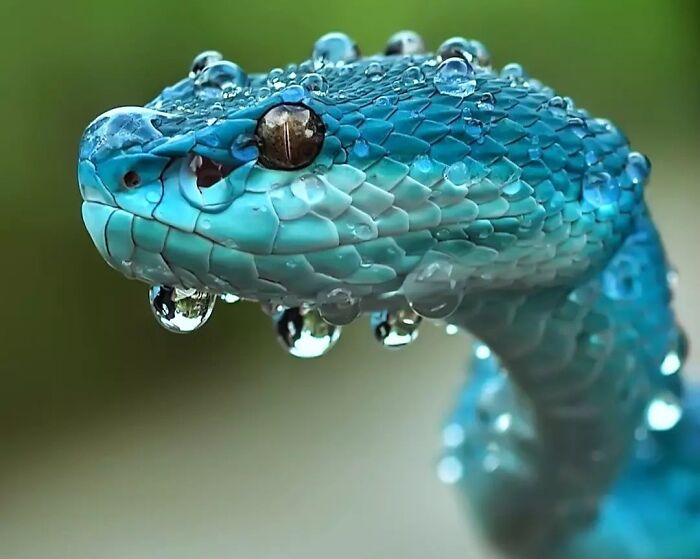







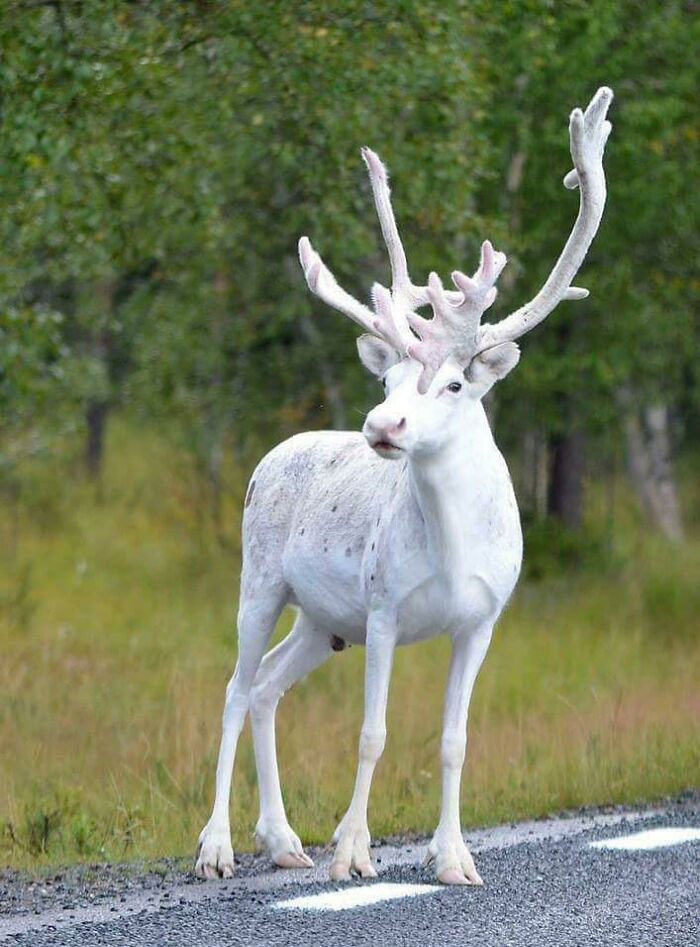



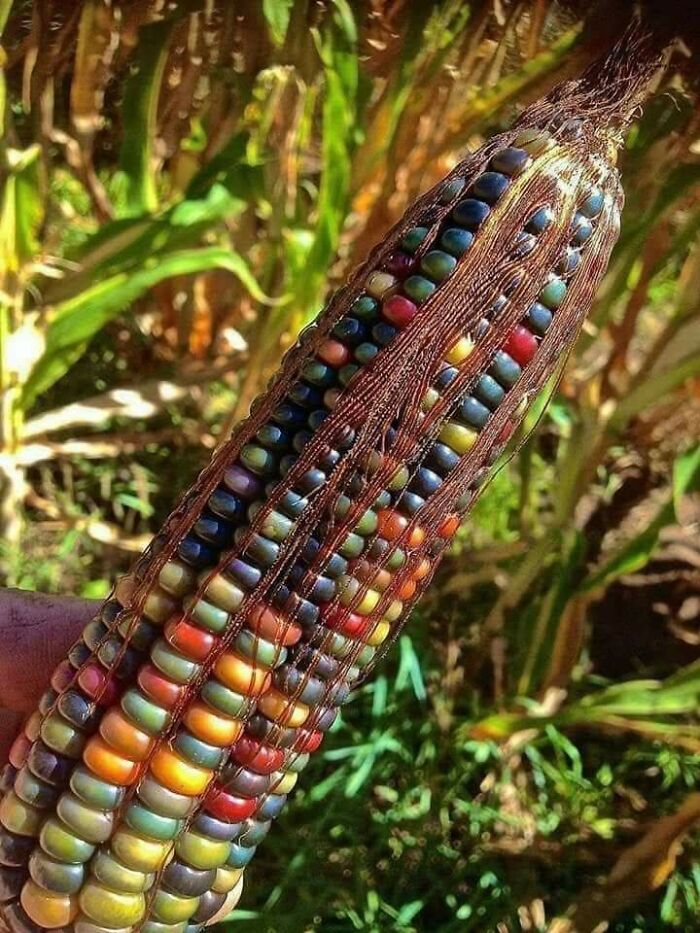










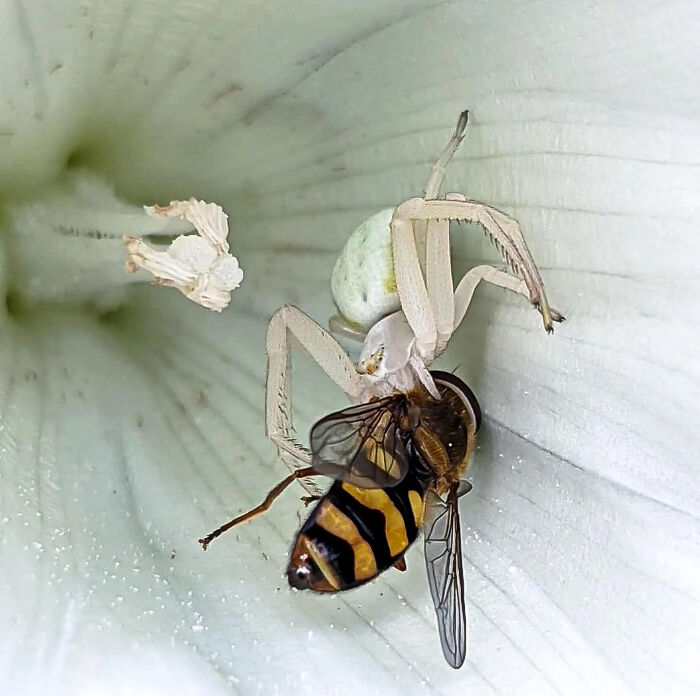
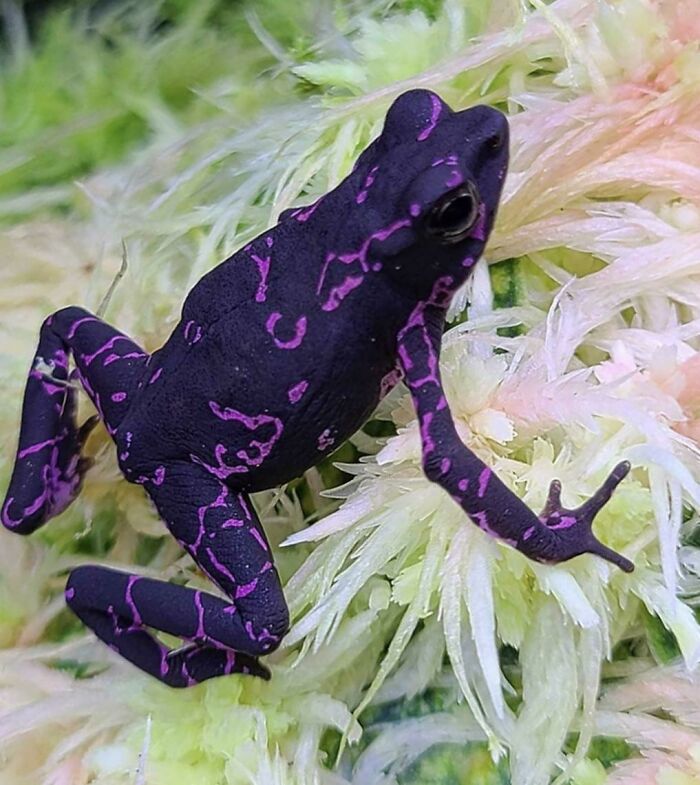













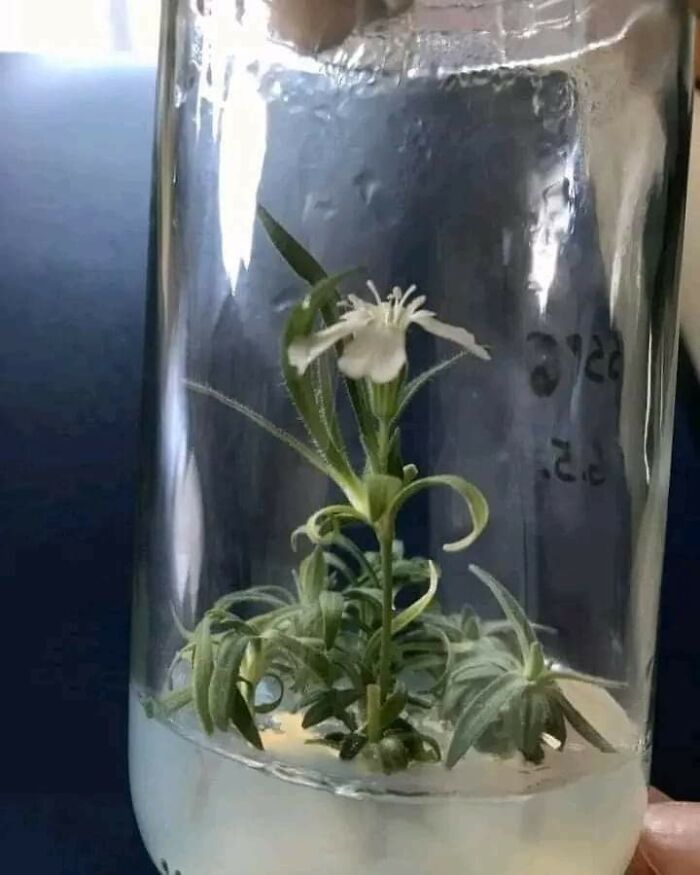



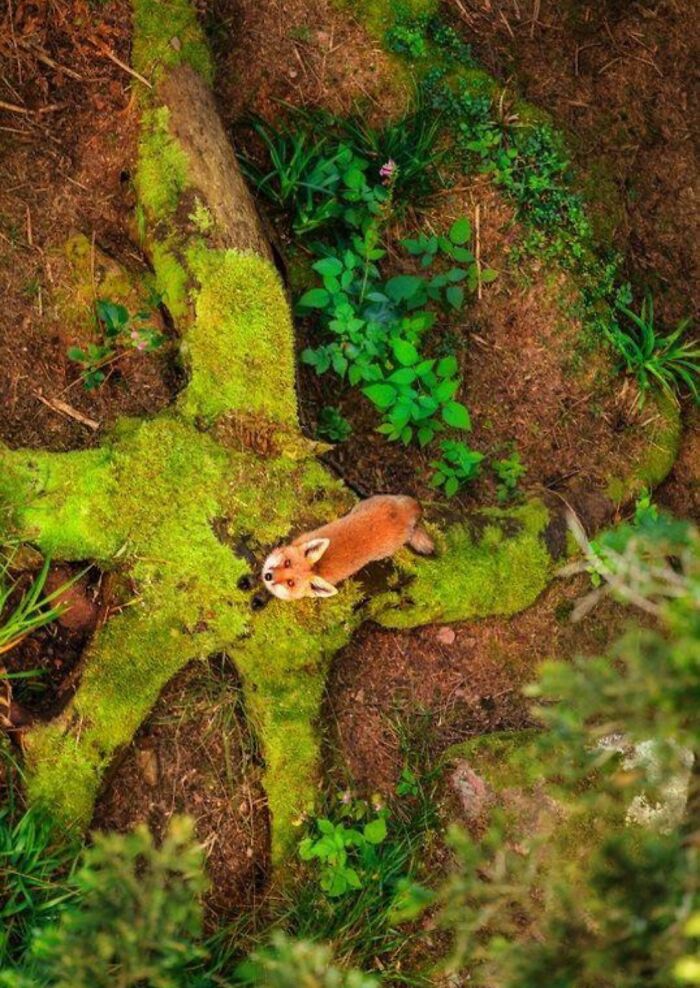
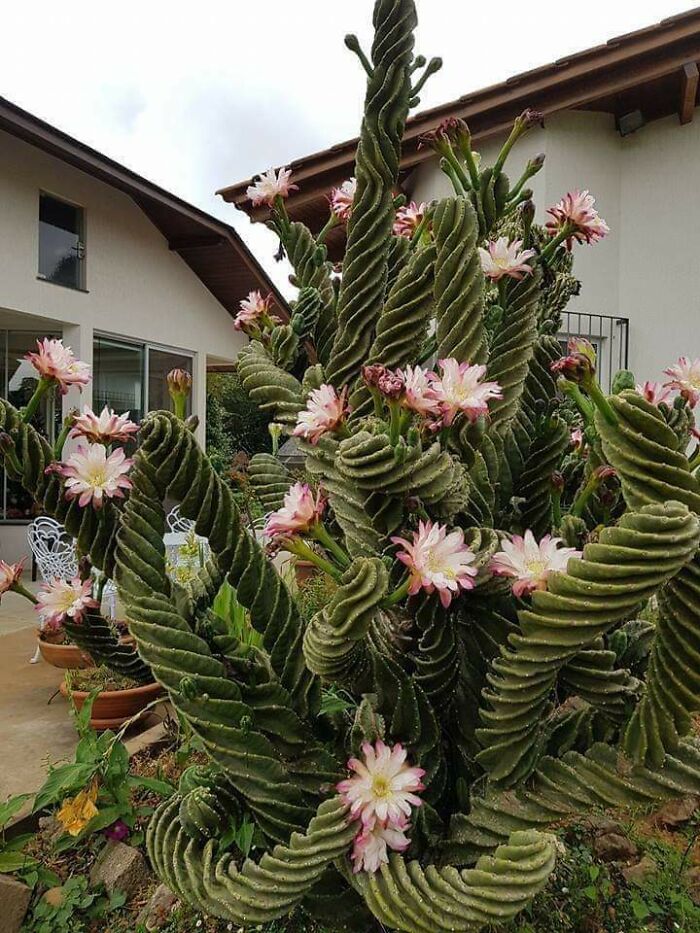










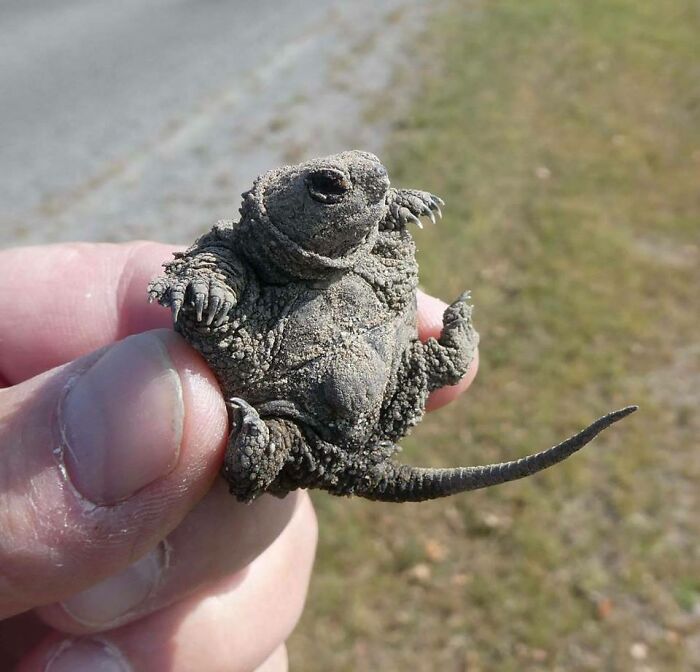











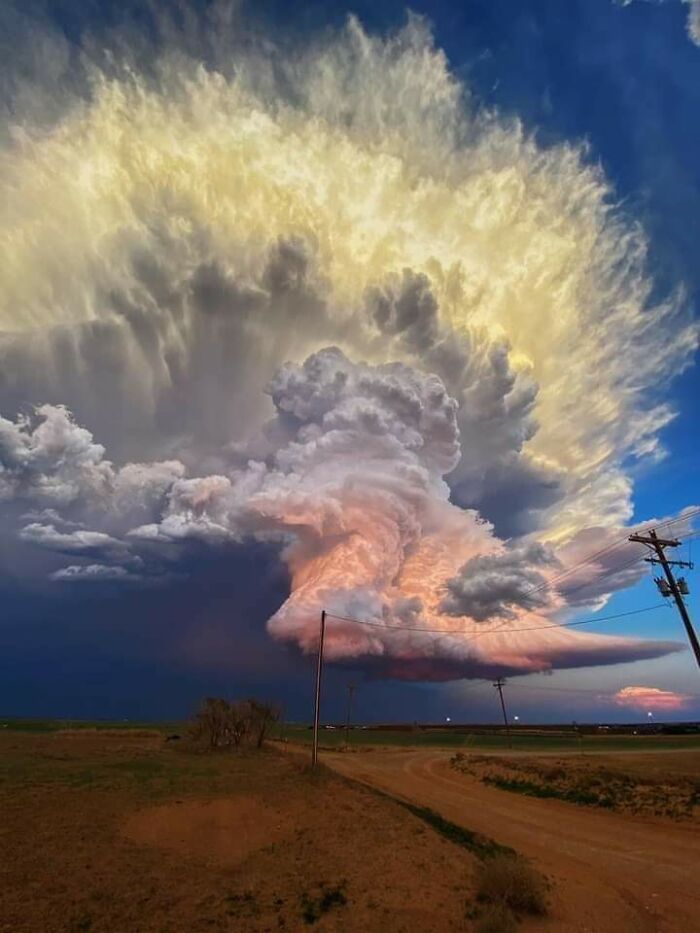





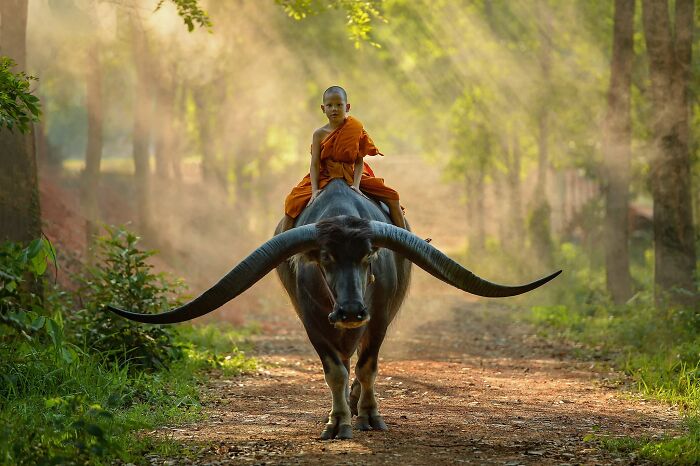










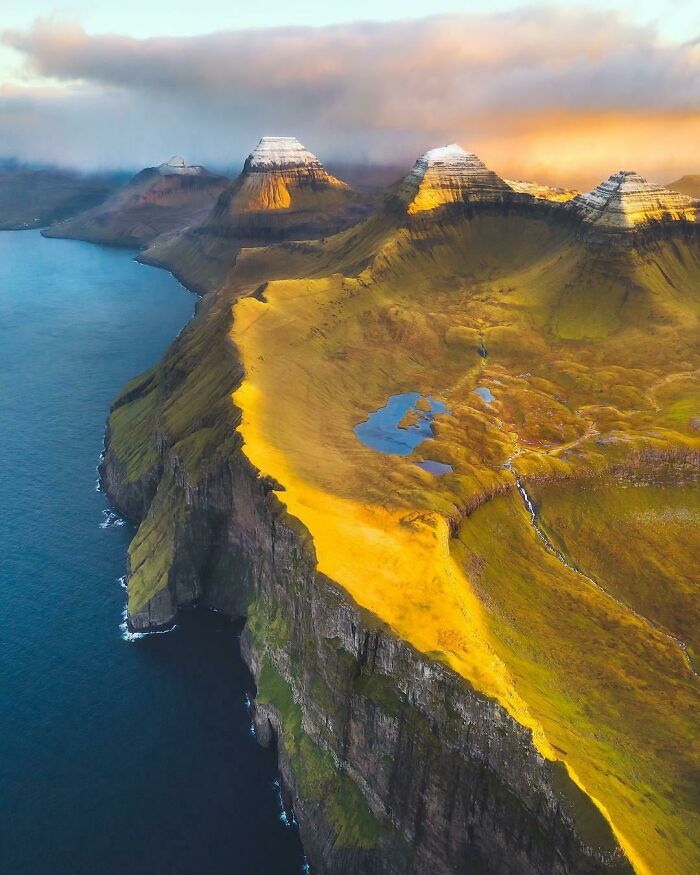





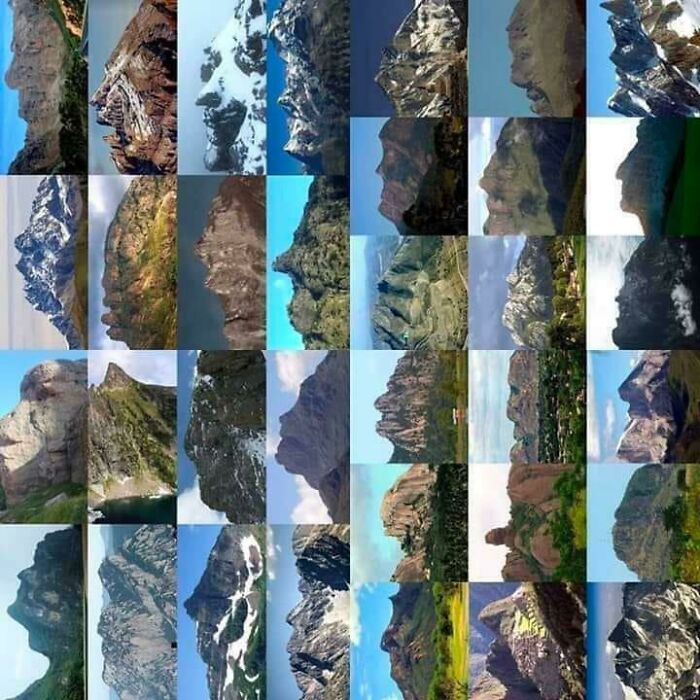
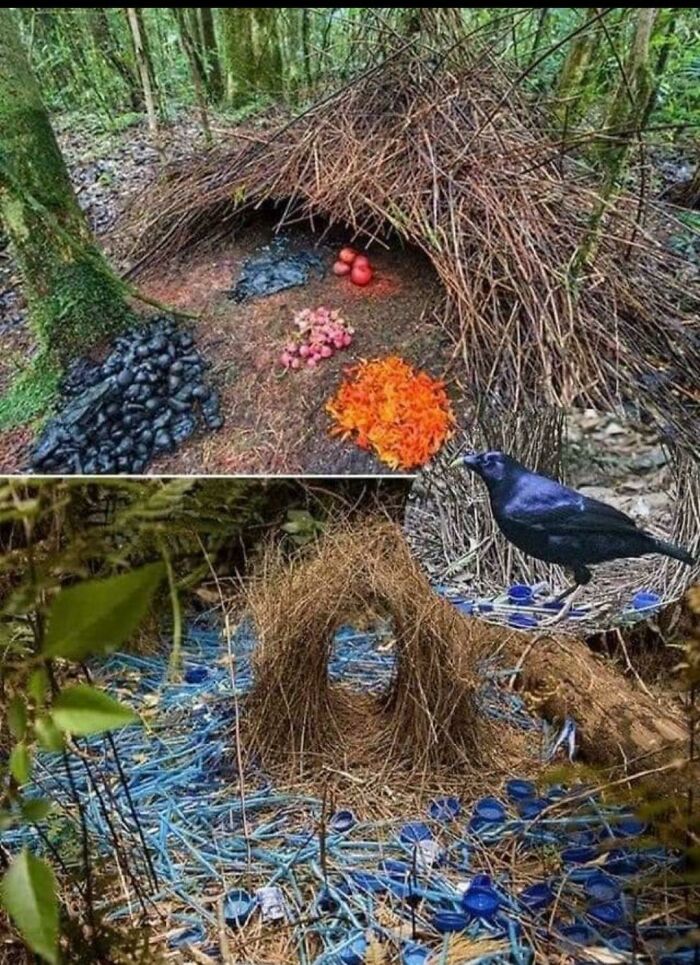






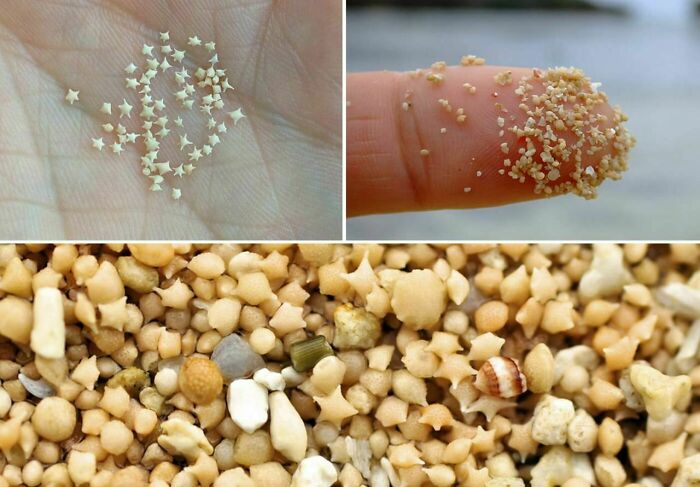






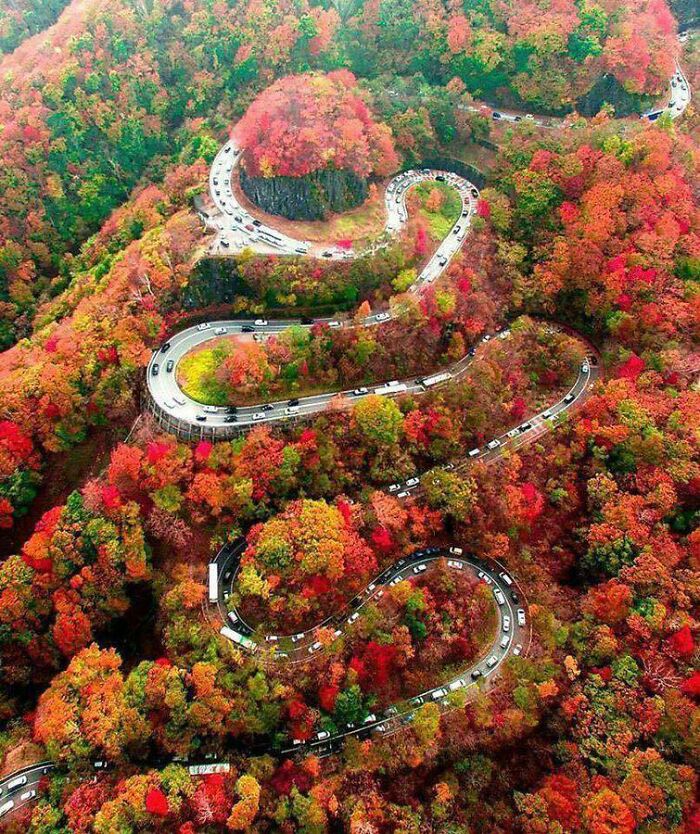

















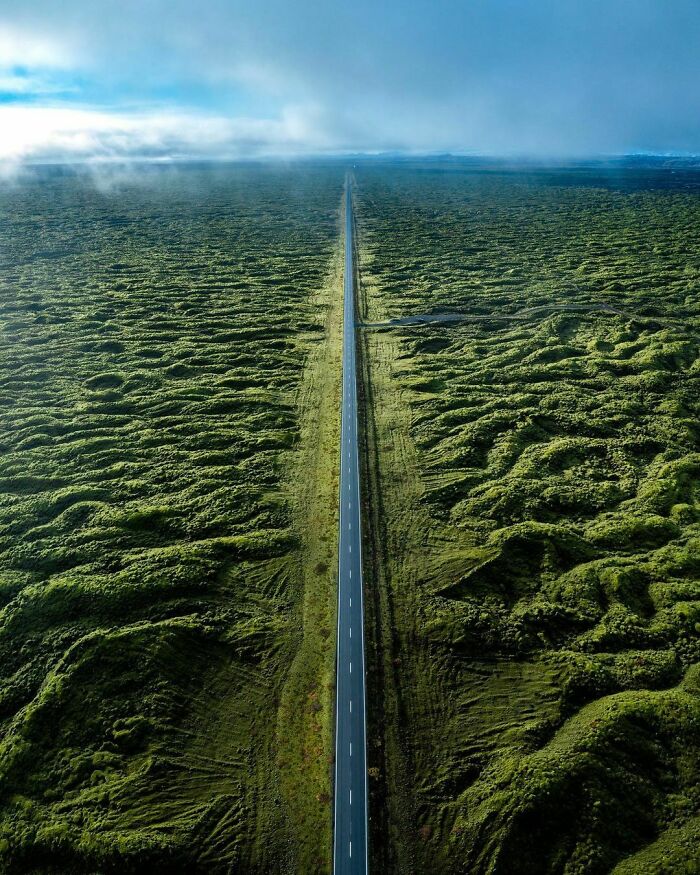








![Sailor's Eyeballs [valonia Ventricosa] One Of The Largest Known Single Celled Organism In The World Sailor's Eyeballs [valonia Ventricosa] One Of The Largest Known Single Celled Organism In The World](https://www.boredpanda.com/blog/wp-content/uploads/2022/04/6262a67ce5cbc_igsgxya1ogg81__700.jpg)















































